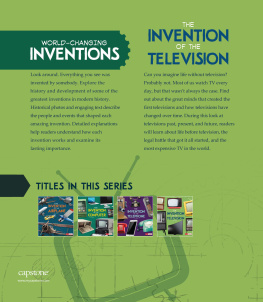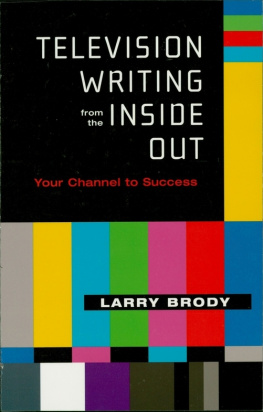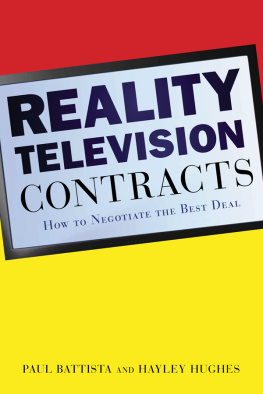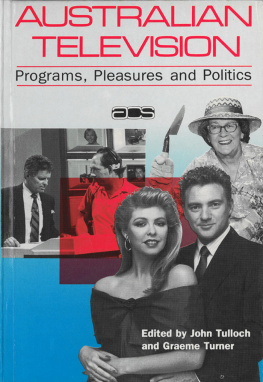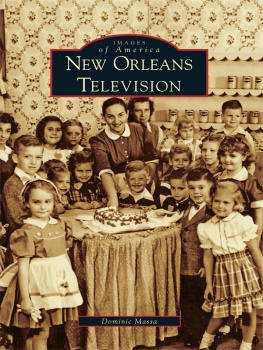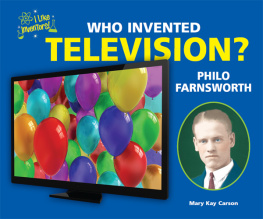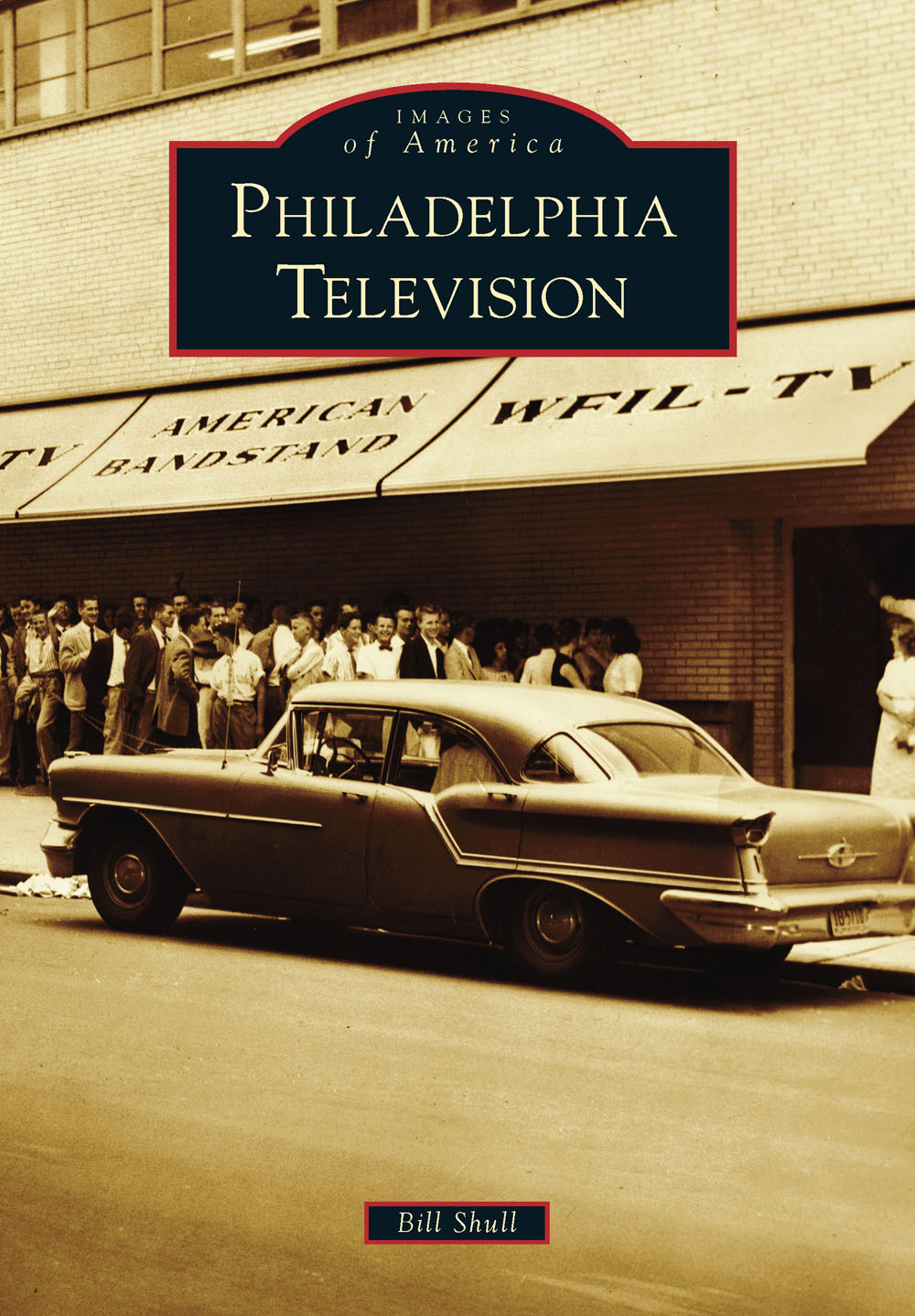
IMAGES
of America
PHILADELPHIA
TELEVISION

The WCAU and KYW station wagons are shown on the scene of a news story in July 1967. (Special Collections Research Center, Temple University Libraries, Philadelphia, Pennsylvania.)
ON THE COVER: Teenagers line up at Forty-sixth and Market Streets, the original home of Bandstand. The show hit the airwaves on WFIL-TV in September 1952. It originated from Studio B, and Bob Horn was the original host. He was replaced by a young disc jockey named Dick Clark in 1956. (Special Collections Research Center, Temple University Libraries, Philadelphia, Pennsylvania.)
IMAGES
of America
PHILADELPHIA
TELEVISION
Bill Shull

Copyright 2015 by BillShullPhotography.com
ISBN 978-1-4671-2276-4
Ebook ISBN 9781439652183
Published by Arcadia Publishing
Charleston, South Carolina
Library of Congress Control Number: 2014943101
For all general information, please contact Arcadia Publishing:
Telephone 843-853-2070
Fax 843-853-0044
E-mail
For customer service and orders:
Toll-Free 1-888-313-2665
Visit us on the Internet at www.arcadiapublishing.com
For Jill, Sue and Jenny, Judy, Joe, and Edo.
CONTENTS
ACKNOWLEDGMENTS
When I decided to write this book, I knew I could rely on my many friends and colleagues for help. But I never imagined that so many people would go above and beyond to make this happen. People who I have worked with and people who I had never met before allowed me into their homes and offices to search personal collections.
This book would not have been possible without former WCAU anchor Tim Lake, who suggested that I take on this project. After I stopped laughing, I thought twice about doing it. Tim has written two books for Arcadia, both on the area where he grew up in New York State. His encouragement and help through the process was invaluable.
I also want to thank some big contributors: Mike Strug, Bill Baldini, and Terry Rugglesall Channel 10 legends. I also want to thank Rex Morgan Jr., Liz Matt, Marciarose Shestack, Jane Norman, Art Ellis, Paul Gluck, Christine Zanghi, Big Al Meltzer, Tony Williams, Pete Kane, Jane Mihalick, Mike Nise, Kathy Gerrow, Gary Herman, Anzio Williams, Steve Levy, Cherie Bank, Jennifer Best, Bob Backman, Don Casey, and some people who I still havent met face-to-face: Jay Lloyd, Mike Quinn, Mort Crim, Marc Howard, Mike Monsell, Vince Giannini, Rosalie Gomberg, Len Stevens, and Joanne Calabria. I also want to thank and plug two other Arcadia authors: Alan Boris, Images of America: Philadelphia Radio, and John Flack, Images of America: Evesham Township, for photographs and help with the process.
This book would have a lot of blank pages without photographs from the Special Collections Resource Center at Temple University. They do great work preserving Philadelphia history. I also want to thank the Philadelphia History Museum for opening up its archives. Director of collections Kristen Froehlich was a big help.
I want to thank the broadcast pioneers. Its members are a whos who of Philadelphia broadcasting. Without them, there would be no history to write about. The pioneers have an amazing website that chronicles the citys television and radio past. This book only touches a small fraction of what they have put together. Thanks to chairman Gerry Wilkinson for reading my text. Last, but not least, I have to mention ROMEO (an acronym for retired old men eating out). This is an informal group of retired Philadelphia TV veterans. There are many women too. They meet for lunch every few months to tell stories with old friends. I am thankful you let me be part of your gatherings. A lot of what I have learned from this group has gone into this book.
INTRODUCTION
Philadelphia television can trace its roots back to a young engineer named Philo Farnsworth. He began experimenting with the new medium starting in 1931 at the Philco Company at C and Tioga Streets. He then worked in two different labs on Mermaid Lane starting in 1933. Farnsworth also experimented at the Franklin Institute. His work led to W3XE Channel 3, the citys first broadcast TV station. The station would also become the first commercial station in Philadelphia, as WPTZ. It was the first to broadcast some programs in color. Channel 3 was first owned by Philco, and was sold to Westinghouse on June 1, 1953. It became WRCV when it was purchased by NBC in 1956. Westinghouse reacquired the station in June 1965 and moved the call letters from Cleveland after swapping stations with NBC. Channel 3s first facilities were in the Philco building at C and Tioga Streets. During World War II, the station relocated to its transmitter site in Wyndmoor. In 1946, WPTZ moved into the Architects Building at Seventeenth and Sansom Streets in Center City. The station moved into the KYW radio building at 1619 Walnut Street about a year later. In 1972, Channel 3 built a new building on Independence Mall, giving it a front-row seat for the citys Bicentennial celebration in 1976. KYW is still based in Center City, at 1555 Hamilton Street.
WCAU-TV went on the air May 23, 1948. Channel 10 was first located in the building erected for WCAU Radio (but the structure was also designed for a future TV station, according to the company) at 1622 Chestnut Street. It was owned by the Philadelphia Bulletin newspaper. The stations transmitter was atop the PSFS building, then the citys tallest skyscraper. There was a plan to move the entire operation there, but the Bulletin decided to make history instead. It constructed the first building in the world designed to be a TV/radio facility from the ground up. (WFIL has also claimed its structure at Forty-sixth and Market Streets was the first built for TV.) The new building opened in 1952 at the corner of City Avenue and Monument Road on the Montgomery County side of the street, making WCAU the first Philadelphia station to leave the city limits. WCAU was also the first affiliate of the CBS Television Network. CBS bought the station from the Bulletin in 1958. NBC became the owner of WCAU on September 10, 1995, as part of an affiliate swap that saw CBS acquire KYW Channel 3.
WFIL-TV Channel 6 started broadcasting on September 13, 1947. The station was owned by the Philadelphia Inquirer (part of publisher Walter Annenbergs media empire, which included TV Guide). The first Channel 6 studios were on the 11th and 18th floors of the Widener Building at Broad and Chestnut Streets in Center City. In 1947, WFIL moved to a brand new building at Forty-sixth and Market Streets in West Philadelphia. The building was the first ever built to be a TV station (WFIL AM/FM radio moved in later). The building became famous as the first home of Bandstand, which went on the air in September 1952. In 1964, Channel 6 moved to a new, round building at 4100 City Avenue, directly across from Channel 10. (It is on the Philadelphia side, so Channel 6 employees have always paid city wage tax.) Capital Cities Broadcasting purchased Channel 6 in 1970. On April 27, 1971, WFIL changed call letters to WPVI. But arguably the biggest event in Channel 6 history happened in April 1970. Thats when the station launched Action News, a fast-paced newscast anchored by a young journalist named Larry Kane. Viewers immediately connected with the new format, and
Next page


